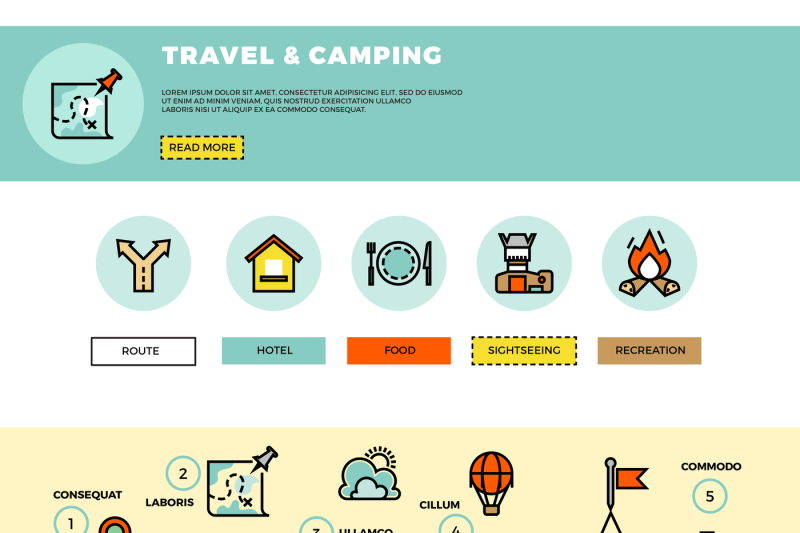Why Fire Retardant Canvas Is Worth The Extra Cost
The Best Knot Strategies For Outdoor Tents Person LinesThe Grasp Drawback is a basic and secure method to set tent individual lines. It's additionally a great method for backing out a stubborn outdoor tents peg. It can likewise be utilized to create a flexible tarpaulin guy line where the modification is made at the tent/tarp end. It serves in high winds as it doesn't slide.
1. Bowline
Bowline is a knot that makes a loophole at one end of a rope. It's very easy to tie and unknot, and it withstands jamming fairly well.
It's additionally a very good knot to make use of for joining 2 lines together, although it's usually recommended that you utilize a different technique (such as a sheet bend or square knot) for this purpose, to prevent having the two different bowlines use against each other with time and weaken the line.
One prospective problem with bowlines is that they can easily jam or bind if the working end is inaccurately gone through the rabbit opening. A number of crucial failings have been reported as a result of this, particularly when utilized in climbing applications. To help stop this from happening, you can make a left-handed bowline by passing completion around the standing part of the loop rather than with it, as received the computer animation below. This variant reportedly executes far better and stands up to ring stress (a distending force applied either side of the knot) better than the basic bowline.
2. Grasp Drawback
Utilizing these gripping drawbacks to secure your individual lines aids you prevent the trouble of your line jamming while readjusting or tightening them. They are additionally helpful when connecting a line to a things that is harder to get to than your standing end, such as a tree or large support object.
The Grip Drawback is a rubbing knot that can be quickly moved up or down the line while slack but holds firm under load. It serves for tensioning ridgelines or man lines and for camping applications to secure tarpaulins or outdoors tents.
To tie the Grasp Hitch, pass the functioning end around the standing component two times and tuck it under itself. To tighten, pull on the functioning end to produce a bight and after that use the bight to safeguard the knot to itself. For added security, you can cover the working end around the standing part 3 times to increase friction and avoid the hitch from slipping under lots.
3. Midshipman's Drawback
Also referred to as the Taut Line Drawback (ABOK # 1856, p 310), Flexible Hitch, or Rigger's Hitch this knot produces an adjustable loop at the end of a rope that can be slid up and down the standing end but still holds firmly when tightened. It is also easy to untie while under load.
Ashley recommends this knot for a tent guy line due to the fact that unlike the bowline it can be tied while under lots and is less prone to turning. It additionally develops an intermediate Awning Drawback that can take the initial lots while connecting the last Half Drawback
To use this knot cover the working end around a things such rainfly as a pole or cleat. Following pass it back toward the item through the first Fifty percent Drawback developing a 2nd Awning Drawback. Lastly coating connecting the final Fifty percent Drawback and pull hard to dress and tighten up. For additional security cover a second Midshipman's Hitch on top of the initial.
4. Flexible Grip Drawback.
The Adjustable Grasp Hitch, additionally known as the Crawley Adjustable Drawback and the Adjustable Loop Knot, is a rubbing hitch that can be conveniently moved up or down a line with slack but holds firm under lots. It is frequently used for changing outdoor tents ridge lines or tarps around camp.
This slide-and-grip knot gives excellent hold and is easier to connect than the Tautline Hitch or Midshipman's Hitch, but should not be utilized for crucial applications since it might slide when shock loaded. It can be improved by including extra starting turns to increase the "hold" and rubbing in unsafe products.
To link this friction hitch, pass the working end around the item, then cover it back together with itself and tuck the end under the second turn. Pull the working end to tighten up the knot.
